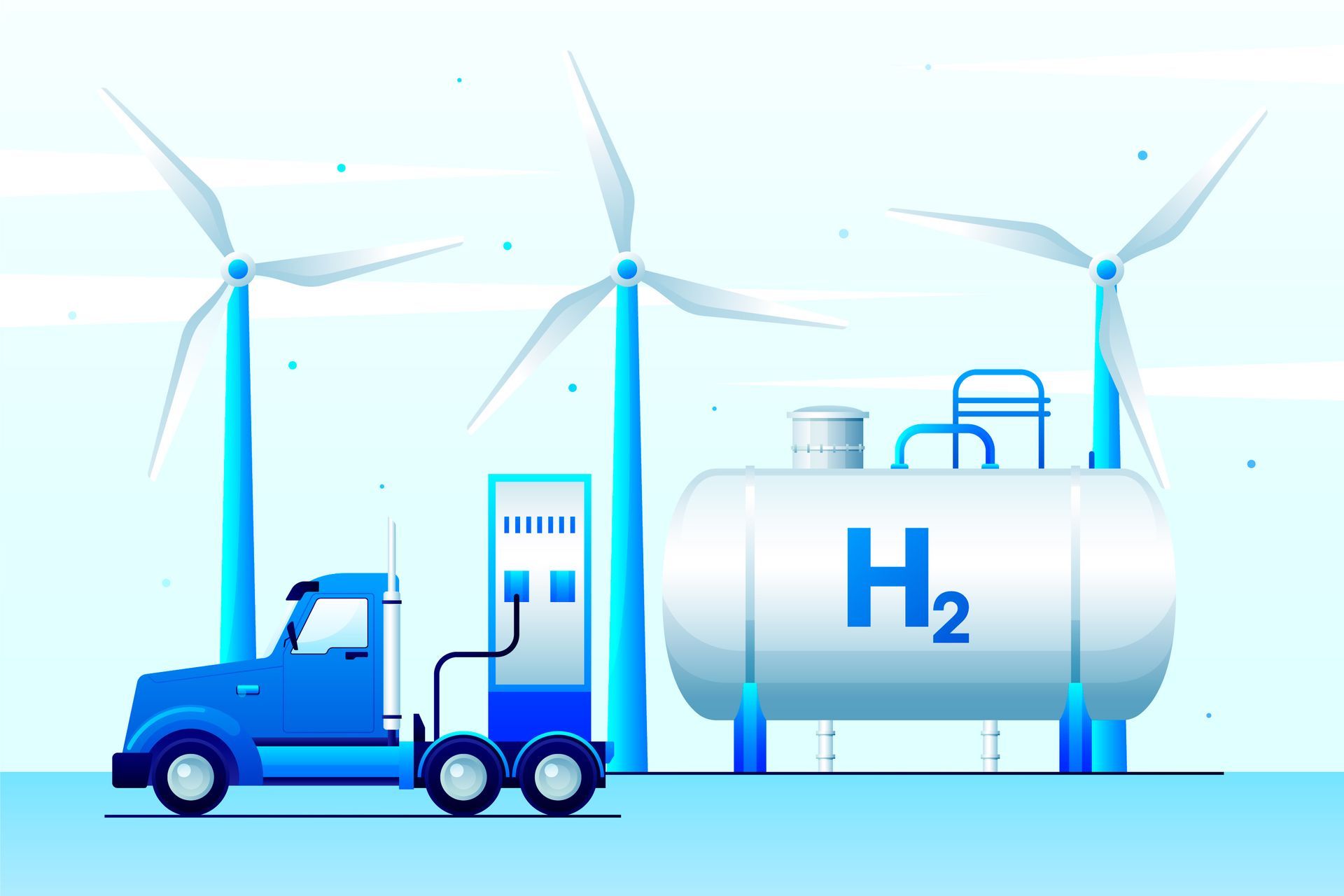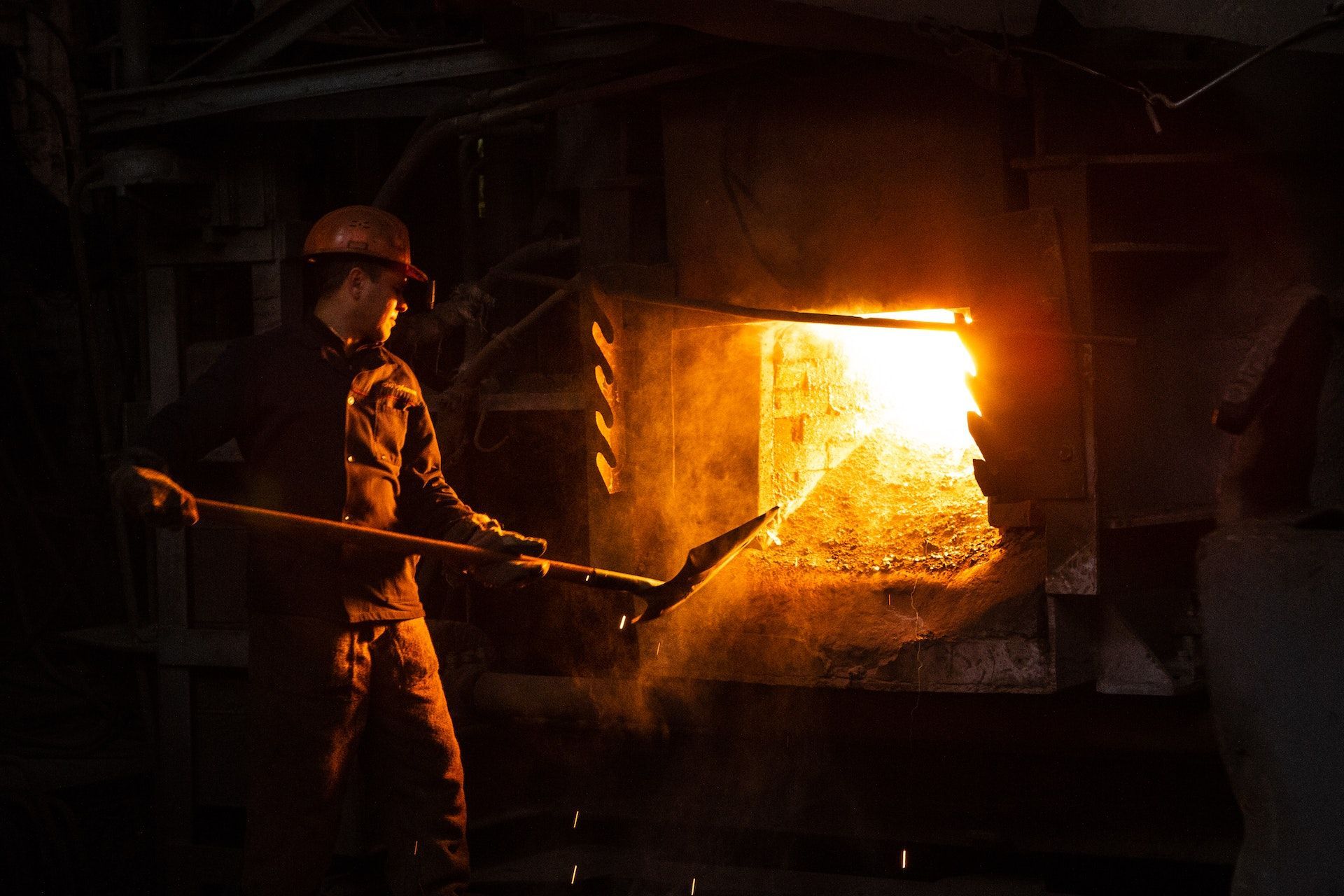THE FEMALE EUROSCIENTIST: VIEWS FROM SOUTHERN EUROPE
In the lead up to International Women’s Day, Euroscientist is running a series of short articles looking at the state of women in research throughout Europe. The first in this series looks at Southern Europe.
While southern Europe has produced some of history’s most noteworthy scientists, for too long it’s scientific communities have been dominated by men. But in the past two decades, the proportion of women in science throughout this part of Europe has slowly increased.
In the southern European countries with the most researchers (Italy, Spain, Portugal and Greece), the proportion of women researchers has increased, though only by a few percentage points. For example, Spain has increased its proportion of women researchers from 37% in 2006 to 40.5% in 2021.
While these figures are still far from reaching gender parity, there are encouraging signs elsewhere. A 2021 report by the publisher Elsevier showed that in Portugal, women represented nearly 50% of active research authors in the country. Croatia reached a 48% share of women researchers in 2018. Croatia and Montenegro reached 49.9% and 48.4% respectively in 2018. All southern European countries except Malta are above the EU average for women researchers (32.8%).
But other statistics remain stubbornly static. Throughout the EU the proportion of male to female PhD students remains roughly even until graduation. As postdoc students advance through the research career ladder, the ratio of men to women increases. At the highest research grade in academia or industry, the ratio stood at 74% men to 26% women.
National plans
Countries throughout Europe are trying to amend this curve. In 2002 the Spanish National Research Council (CSIC) created a Women and Science Committee to advise its governing board about recruiting and promoting women researchers. The board also historical gaps due to the lack of women, and releases an annual report on women researchers at CSIC. The reports and advice from this group has helped lead to changes in gender equality law and policy in Spanish research, such as creating gender equality units in Spanish research centres.
Italy’s National Research Council has likewise produces a regular ‘Gender Budget’ to track the status of women in its staff. Its 2021 report also shows that while 47% of its 8000-plus staff are women, they are concentrated in certain roles’ 76% of its administrative staff are women, while only 22% are managers or directors. The Rectors’ Conference of Italian Universities created its own Gender Issues Commission in 2018 to help universities throughout Italy to create their own gender budgets to evaluate the efficacy of their respective gender equality plans. In 2021 they created a guide for universities to create their own gender equality plan that also followed EU gender rules for public organisations.
‘’Many have attempted to change my career path’’
On the eastern side of the Mediterranean, a 2019 survey of Turkish universities found that while 38% of academics are women, they account for only 9.1% of university rectors. Some subjects remain deeply gendered, such as Engineering, Forestry, and Theology.
However there are still positive signs of change. “My father is a mechanical engineer, so I was exposed to that world from a young age,” says Tuğçe Aker, the product manager at engineering firm Reengen based in İstanbul, Türkiye. “Many have attempted to change my career path, believing engineering to be a male-dominated profession and women incapable of such work. However, my father has been an exemplary role-model, inspiring me to pursue a career in mechanical engineering.”
Her experience mirrors other women scientists across the country. In a 2018 survey of Turkish academics, women said that they were not satisfied with the initiatives in their institutions to achieve better gender balance. “The lack of female role models and also male-dominated cultures create an environment that is unsupportive and intimidating for women,” says Tuğçe. She has worked with local non-profits to support women entering STEM fields and has participated in workshops to introduce engineering into other disciplines. ‘’I believe these organisations can help women gain a better understanding of their role in technical fields. They can see that there are no barriers to success, and anyone with the right skills can make it, regardless of gender,” she said.
Tuğçe and Reengen are part of an EU-funded project called ebalanceplus, which cooperates with other European countries to develop ways to increase flexibility in the electricity grid. Her Spanish peers have also received support from family members.
“My family have always supported me going into science because they saw that I really enjoyed it,” says María del Carmen Bocanegra from CEMOSA, Spain. However, once she entered academia she also experienced some discrimination from older academics. “Some of the professors at the university did not support the girls and women that much. I had to hear some comments about ‘I don’t understand why you girls are studying this,’” she said.
Big issues
Recent studies have shown that this is partly down to cultural issues. Research published in 2020 at the largest public Spanish university showed that although it has enacted gender equality policies, it struggles to be enforced because many people are not aware of gender and sexual harassment in daily university life. A wider survey of over 60 Spanish research institutes showed that women in general feel disadvantaged and undervalued in their research careers.
Women researchers in other south European countries feel held back because of old gender roles. A survey by a European consortium revealed that women scientists in Portugal were more exposed to the psychological, domestic, and care burdens of the COVID-19 lockdown compared to their male colleagues. A survey of Greek academics found that women felt the conflict between their traditional social role and their professional prevented them from advancing their careers.
An Italian study found that the structural gender bias in Italian universities was not down to women academics’ lower productivity or their reluctance to apply for a promotion. This led the authors to proclaim that ‘’without any specific policy intervention, there can be no doubt that the road to gender equality is a long one.’’
More articles!







